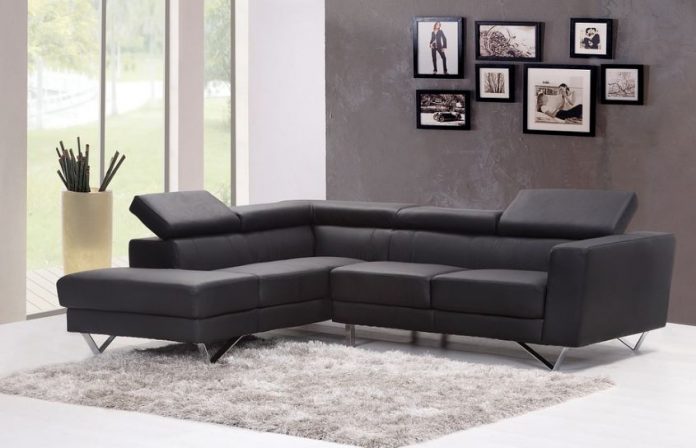Mark of prestige and royal status! This was associated with carpets of the Turks, the Arabians, the Moguls, the Afghans, the Chinese, and the Kashmiri styles of India. Carpet culture originated from the oriental countries and floored the rest of the world.
Thousands of years ago, the eastern part of the globe perpetuated this art form of weaving carpets.
Knotted hand-woven carpets were among the primitive style. Though there is a once-upon-a-time feel in such traditional outlook, believe that even today weavers of hand-knotted carpets preserve this tradition.
After crossing eras and centuries, the perfection of oriental styles, patterns and designing remain the same.
The oldest among all oriental styles of making carpets is the Pazyryk from the Altai Mountains of Russia. This is not only a great piece of artwork but symbolizes the finest antique quality in the carpet world.
Its really amazing that millenniums ago sometime around 500 B.C. such delicacies and elegance could be knitted with utmost perfection without any external support from tools and working theories.
The Oriental carpets narrate a tale of their own. Every culture gave birth to a style of knotting and the quality of excellence spells the charm on us without a single hunch of it being outdated.
Persian carpets are the most popular world over. The typical single knotted style is the signifier of the aesthetic labor and dedicated practice in the making of carpets.
The first such knot that was developed by the Persian weavers was known as Sneha. Sneha is actually the renowned city for weaving carpets in Persia.
In this style, a single knot was tied and the same pattern was followed repeatedly for more than six hundred times if the raw material was silk fiber just one per square inch.
The pattern of Sneha style makes S curves which we still find to be one of the best traditional designs of carpet weaving.
Around seven hundred years ago the Seljuk carpets were made in Anatolia. This is among the finest and matured style of carpet weaving preserved to date.
Use of gold and silver threads was in vogue in the medieval period. The Vienna Hunting carpet was made of these glittering threads and integrated effort of knotting of 123 million times per square meter.
Unparallel! How could the weavers hold that level of patience to bring out such designed carpets?
Hats off to such a practice and more to those who are still carrying on with it in the domain of modern styles with easy techniques!
The Turkish Ghiordes style also had a fine quality but did not require that tedious labor. Here the pattern of knots was double and not that integrated over a particular portion.
The clarity of design can always be felt in single knots where the nitty-gritty of the artwork is unique and flawless.
Even the price of a carpet largely depends on the knotting pattern. After all the history of making always holds the prime importance!

